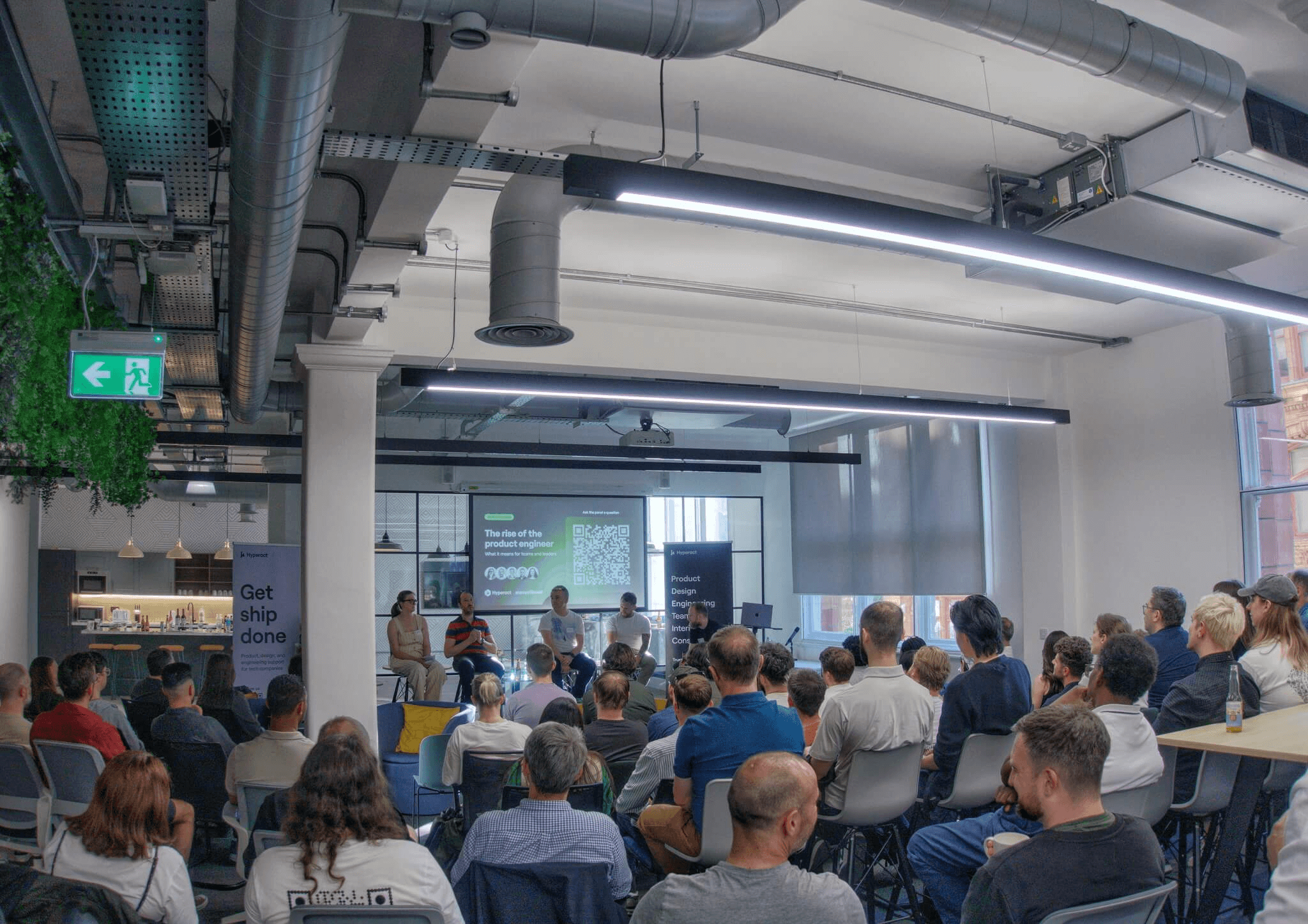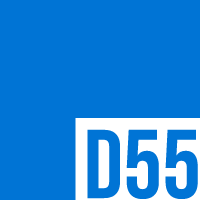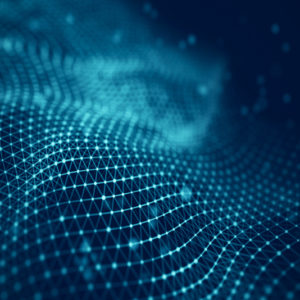
Hyperact is a modern product development partner that brings senior engineering, product, design and data specialists to tech companies.
We help companies bridge skill gaps, accelerate roadmaps, and build products that scale - without the hiring or ramp-up delays.
The event:
We held a panel discussion with product and technology leaders to discuss:
- The rise of the product engineer.
- How the role could change the way teams scale and deliver products.
- What change is needed within teams to enable high-performing product engineers.
You can think of a product engineer as a software engineer or a full stack engineer with a product mindset. Someone who goes beyond traditional roles and responsibilities.
In some ways, it's a counter-movement to the hyper-specialisation of product and technology roles over the last 20 years and, in many ways, a return to the original principles of agile.
Leaders are also recognising the benefits of empowering engineers beyond just writing code. Encouraging them to solve user problems in ways that drive real business value.
As this mindset gains traction, it’s our belief that we may see the product engineer role emerge more prominently in the coming years and so we want to get a wider perspective from leaders within the region.
Below we share the key takeaways, gathered from each of the panelists who generously appeared on stage.
We’ve chosen not to name who said what in this summary. Instead, we’ve focused on surfacing the strongest ideas that came up across the conversation.
Each speaker was invited based on their professional experience, not to represent the company they work for.
The format of this piece should help you quickly zero in on the most practical takeaways, however you can also find further reading at the bottom of the article.
TABLE OF CONTENTS
- Meet the panel
- Definition of product engineer
- Comparison to past movements
- Reshaping team structures
- Impact of AI
- Organisational and leadership shifts
- Risks of product engineering
- Future of software engineering
Meet the panel:
James: "I'm James Higgins. I'm the Engineering Manager for Web at Roku. I look after the core web frameworks shared across all Roku platforms. My team handles everything from the marketing website to the support site"
Matt: "I'm Matt Clark, I work at the BBC. My job title is Head of Architecture for what we call "experiences". That's our websites, mobile apps, and TV apps."
Rob: "I'm Rob Macdonald. I'm an Engineering Manager at Disney. I've been there six months, looking after the A/B testing frameworks and the teams that build them. We're very product-focused - everything is about trying, testing, iterating."
Natalia: "I'm Natalia Moscrop. I'm an Engineering Manager at Moonpig. I currently look after three domains: our recommendation engine powered by data science, our integration with Buyagift for digital gifting, and the navigation team that helps users find their way around the site."
Jen: "I'm Jen Hartshorne, a Product Manager at Awaze. Europe's largest vacation rentals company. You might know our UK brands like cottages.com and Three Seasons. I work on the search engine, with a focus right now on improving our sort rankings."
Panel discussion
1. How do you define a product engineer, and why do you think it's gaining traction now?
Key insights from the panel:
- Product engineers emerge naturally in entrepreneurial environments where developers must understand both technical and business aspects to deliver value.
- The role reflects the collaborative reality of multidisciplinary teams where engineers share accountability for product outcomes, not just code delivery.
- Product engineers maintain a "heads-up" mindset focused on customer needs and business impact rather than just technical excellence.
- Product engineers are invested in the user experience, empathising with customers and embracing rapid iteration cycles.
- It empowers engineers with business context and user insights, positioning them to contribute meaningfully to product strategy.
2. How does this compare to past movements in tech?
- It follows the pattern of other transformative movements like cloud, Agile, and DevOps, blurring traditional boundaries while requiring balance between disciplines.
- Could be considered the next evolution in tech's journey toward speed and flexibility, recognising that successful products emerge through iteration and user feedback.
- Recaptures some of the holistic ownership that characterised earlier tech roles, before extreme specialisation fragmented the development process.
- The emerging role continues the full-stack trend toward holistic understanding, trading some specialised depth for speed and independence.
- It’s fundamentally an agile evolution that responds to increased market competition by accelerating delivery cycles.
3. How could product engineering reshape team structures, collaboration, and decision-making? And how can leadership support that shift?
- Product engineers require genuine empowerment, including the freedom to fail and space to build foundational systems beyond immediate deliverables.
- Not all engineers will naturally gravitate toward product thinking, so teams may need restructuring to ensure the right mix of skills and interests.
- Team structures will become more fluid and startup-like, with AI enabling role flexibility and emphasis shifting from fixed positions to capabilities.
- Product engineering thrives in fluid organisational structures where people can self-organise around valuable work rather than conforming to rigid hierarchies.
- It will require leadership to trust teams with data-driven decision making and full lifecycle ownership, including testing responsibilities.
- Product managers in this model can add value by clearing obstacles and managing dependencies so engineers can maintain focus and velocity.
4. What impact is AI having, and how is that evolving?
- AI is now accepted as powerful and genuinely useful for engineers who can leverage it effectively.
- AI is reshaping communication between humans and computers, but engineers' value will shift to understanding AI's potential and limitations in solving customer problems.
- AI is enabling rapid development by specification and lowering language barriers, but engineers still need judgment to recognise quality code and architecture.
- AI is rapidly becoming a standard expectation in products, with natural language interfaces reducing technical barriers to sophisticated functionality.
5. Organisational and leadership shifts needed for product engineering?
- Trust is fundamental but must be paired with accountability. Well-implemented OKRs that empower individuals while maintaining responsibility can help because they communicate clear objectives whilst empowering engineers to determine their own solutions, rather than being dictated tasks.
- Whilst empowerment is important, high-level business goals and direction are still necessary, with teams being given the freedom to determine how they contribute to those objectives.
- Cross-team collaboration is essential to overcome siloed thinking, with teams needing to work together toward shared goals rather than focusing solely on their own domains.
- Cross-functional working groups with representatives from different areas of the business help break down silos and create alignment around shared objectives.
- Dependencies between teams can undermine OKR effectiveness when each team focuses solely on their own objectives without considering cross-team dependencies.
- Allocating buffer time (20-30%) for maintenance, tech debt, and unexpected dependencies supports effective planning and potential bottlenecks.
6. Risks for product engineering, both for teams and individual engineers?
- There's a risk of becoming mediocre at many skills rather than excellent at a few, with the complexity of technology making it increasingly difficult to truly master all aspects of product engineering.
- AI will potentially act as a force multiplier for curious generalists, allowing them to work across more domains, whilst potentially challenging the traditional deep specialist "rockstar" engineer roles.
- The product engineering approach won't suit everyone's working style, and there will continue to be space for specialists even as the industry evolves.
- The core skill of being a problem solver who can work across languages and technologies will remain valuable, with new technical domains like prompt engineering emerging.
- The pressure to move quickly risks undermining communication and data-driven decision-making, which remain essential despite the focus on speed.
- Quick prototyping needs to be balanced with proper engineering practices if solutions are successful, as sustainable codebases require dedicated time for quality and technical debt management.
- Focus on understanding core programming principles, design patterns and architecture rather than specific languages, using AI to help with syntax details.
- Failed experiments must be reframed as valuable learning opportunities, which requires proper communication with the wider business about the experimentation process.
- A high percentage of failed experiments (around 70%) is actually a sign of healthy experimentation, as it indicates you're genuinely testing boundaries rather than playing it safe.
7. Where is software engineering heading and how to prepare for the future?
- Software engineering is becoming more exciting with room for both specialists and generalists, with AI augmenting rather than replacing human expertise, and helping with continuous learning across multiple disciplines.
- We still need to approach AI with caution as it’s been known to misinterpret and rewrite content.
- In the future AI intermediaries could fundamentally change how users interact with products, requiring flexibility and resilience from product teams.
- There’s a balance at play. Over-reliance on AI could hinder innovation and create an unhealthy dependency on subscription-based AI models, but resisting these tools completely puts one at professional risk.
- AI tools could create complacency in learning the foundational skills needed.
- The panel mentioned two statistics: most students will work in roles that don't yet exist and 85% of 2030's jobs haven't been invented.
Closing remarks:
We heard a healthy balance of optimism and caution from each of the panelists. Tools and expectations may be shifting fast, but the fundamentals and the enthusiasm for good engineering, good product thinking, and good design standards, all grounded in strong cross-functional teams, remain.
If the concept of a product engineer is, or was, new to you, or you're thinking about how it fits into your team, our article 'What is a Product Engineer?' gives the foundational view we used to frame this panel.
Thanks to our panellists and everyone who joined us for the evening.
At Hyperact, we’re helping organisations embed these principles every day. If you’d like to learn more or talk to us about your own product engineering challenges, get in touch.








